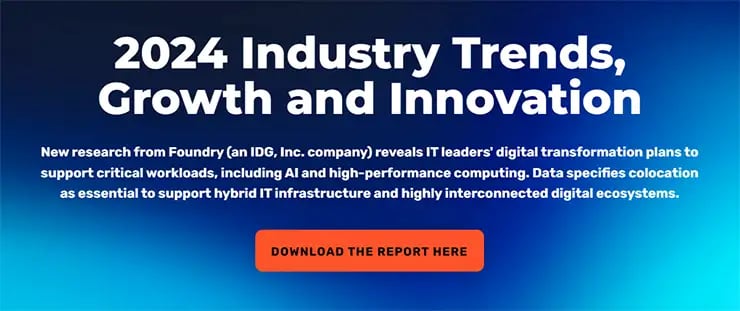
Public Cloud Vs. Private Cloud: What’s Best?
Way back in 2013, Gartner predicted that more than half of large enterprises would have hybrid cloud deployments by the end of 2017.1 Gartner got it right in regard to adoption but they didn't foresee how fast it would happen. RightScale's 2016 State of the Cloud Report shows that 82 percent of enterprises have a multiple-cloud strategy, cloud users leverage six clouds on average and 55 percent plan on implementing hybrid cloud."
Hybrid IT has rapidly proven that it offers the flexibility for delivering new software applications and enhanced features quickly critical agility in the age of digital business. With that in mind, enterprises now need to identify the best distribution of services/applications and their strategy for connecting to the clouds they use.
Pros and Cons of Public and Private Cloud
Private clouds operate on equipment dedicated to an enterprise and are housed on-premises or in a secure colocation facility. The enterprise buys the hardware and the IT department manages the server, storage and network infrastructure over a private Ethernet connection.
Some advantages for private cloud include:
- Excellent security
- High reliability and performance
- Greater control over resources
However, there are disadvantages as well, including:
- CapEx commitment
- OpEx cost
- Under-utilization of resources
Public clouds, on the other hand, use servers owned, housed and maintained by the cloud service provider (CSP), share resources with other subscribers and are accessed through the Internet. Advantages include:
- Easy scalability (often also referred to as elasticity)
- No upfront hardware investment
- Pay-as-you-use packages
The tradeoff with public clouds? Disadvantages include:
- Perceived higher security risk
- Public mistrust
- Inability to meet industry specific compliance requirements
Of course, cost is a cornerstone for any business decision. The economies of scale inherent with a public cloud service can seem very attractive. But keep in mind that private clouds can be less expensive, especially for companies that operate high-volumes of transactions or need 24x7 application availability.
Where Applications Belong
Along with the high-level pros and cons, it's essential to weigh the types of software and services that your business uses. Where applications belong depends on your industry, the degree of security risk you are comfortable with and the server utilization.
Private clouds typically are best suited for applications that use:
- Employee data
- Financial data
- Data required to address compliance (healthcare, finance, government)
The level of security that a private cloud can enforce makes it better suited for sensitive enterprise information. Conversely, public clouds can be a good location for:
- SaaS applications using a pay-as-you-go model
- CRM applications
- Development platform services
Running or developing enterprise applications in public clouds essentially frees space in the enterprise private cloud. Plus, public cloud providers tout the cost savings that sharing resources creates. It's a compelling argument, one that's behind the steady growth of subscriptions to AWS and Microsoft Azure, as well as Google Cloud Platform and SoftLayer.
Colocation Connects the Best of Both Worlds
Just about every CIO will answer "all of the above" if you ask about the data they handle and the applications they depend on. It's why hybrid IT, and today's "hyper hybrid-IT," is the new norm.
It's also why complex networking schemes with numerous cloud on-ramps are keeping CIOs up at night.
Private clouds and public clouds each own a part in a digital business transformation. Ever-important is building a strategy that can grow with both.
Enter colocation. Colocation is the scalable, high-performance point of connection between traditional IT and cloud platforms. Colocation offers an environment in which an enterprise can link its core infrastructure to a mix of private and public clouds within the same facility. Simplifying the network has its obvious administration advantages, which are complemented by eliminating costs associated with using multiple network connections. This model also improves the performance and security when connecting to those cloud providers.
The IT landscape is changing so rapidly that it makes 2013 seem to be a long time ago. Like analysts, we don't profess to have a crystal ball that lets us foretell the future. But we are sure that as hybrid IT evolves, so will the thinking on what's best for your business.








